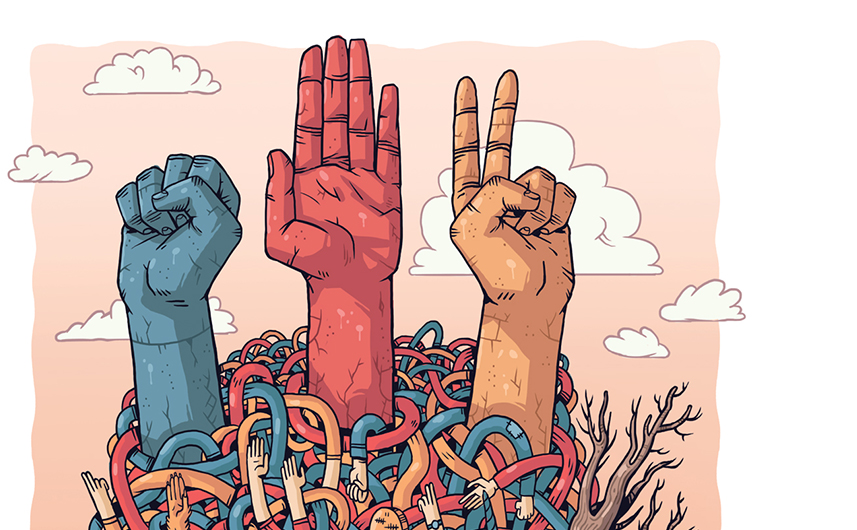B2B brands deserve the same level of effort as their B2C counterparts
We were talking with someone the other week about emotive branding and they said, “Sounds great for consumer brands, but I can’t see it working for a B2B brand.” Well, we begged to differ! Indeed, we believe B2B brands have tremendous opportunities to differentiate and grow their businesses based on an emotive proposition.
Note that we didn’t say an “emotional” proposition.
Through “emotive” propositions we talk about B2B brands that reach out to people in a way that not only makes them think but makes them feel something memorably satisfying.
The Power of Emotive Branding in B2B
Emotive branding is about digging deep into a B2B brand’s products and services and finding emotional connections to the needs, beliefs, interests, and aspirations of people. (Don’t stop reading, this is the good stuff most B2B marketers overlook.)
It is about aiming for a meaningful outcome from your commercial endeavors; and recognizing that when you touch people in meaningful ways, they pay you back.
Your employees work with greater purpose and get more satisfaction from their work. Your customers become more loyal, spend more money with your firm, and recommend your brand to their peers. Your supply and distribution chains become more responsive to your needs.
Emotive branding isn’t about creating “emotional” advertising that gets people all misty-eyed about your widgets.
Rather, it is about conveying the meaning and evoking the emotions that draw people closer to you and sets you further apart from your competition.
And when B2B brands deliver in these ways, it is one of the most powerful ways to differentiate, grow revenue, hire top talent, and more easily deliver customer success stories.
Here are five additional reasons why B2B brands should actively pursue emotive branding:
1. Business audiences wake up as humans – From the CFO to the data scientist to the salesperson to the receptionist, everyone in your business wakes up as a living, breathing member of the human race; a race as driven by the way they feel about things as anything else. By marrying your rational message to distinct meaning and feelings, you connect to people on a human level (and, as you well know, people like to be treated that way).
2. B2B brands desperately need ways to differentiate themselves – Widgets easily blur into other widgets. It is increasingly difficult to differentiate on a product, feature, or service level as competitors find it easy to quickly duplicate innovation. So, where can B2B brands effectively differentiate? We think it’s by connecting to people on a higher level through meaning and feelings. It’s not as difficult as you think.
3. Engaging employees is vital for B2B brands – In many B2B scenarios, it is the company’s own employees who develop, produce, market, and sell their offerings. Creating a sense of common purpose, motivating people to work effectively, and encouraging them to promote a spirit of collaboration are important cornerstones for any B2B enterprise. Emotive branding provides these cornerstones by creating a sense of purpose and direction in a humanizing and welcome way.
4. B2B brands enjoy many deep brand moments – B2B customer meetings, a visit to the executive briefing center, and trade shows are deep brand moments that give B2B brands wonderful opportunities to convey their brand in new and differentiated ways and evoke positive feelings. Emotive branding offers interesting tools that help B2B professionals reconfigure, reshape, refine, and enhance these brand moments in often surprisingly subtle yet powerfully meaningful ways.
5. There’s proof in the pudding – All of us at Emotive Brand have B2B experience (as well as B2C). We’ve applied the principles of emotive branding in a number of B2B scenarios, including global enterprise software companies, high-growth technology companies, global consulting firms, and businesses leading with purpose.
Looking to set your B2B brand apart by connecting meaningfully to people and distancing yourself from the competition? Emotive branding is your answer.
To learn how emotive branding works, download our white paper below:
Emotive Brand is an Oakland brand strategy and design agency.












